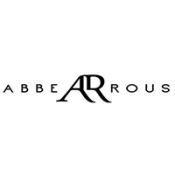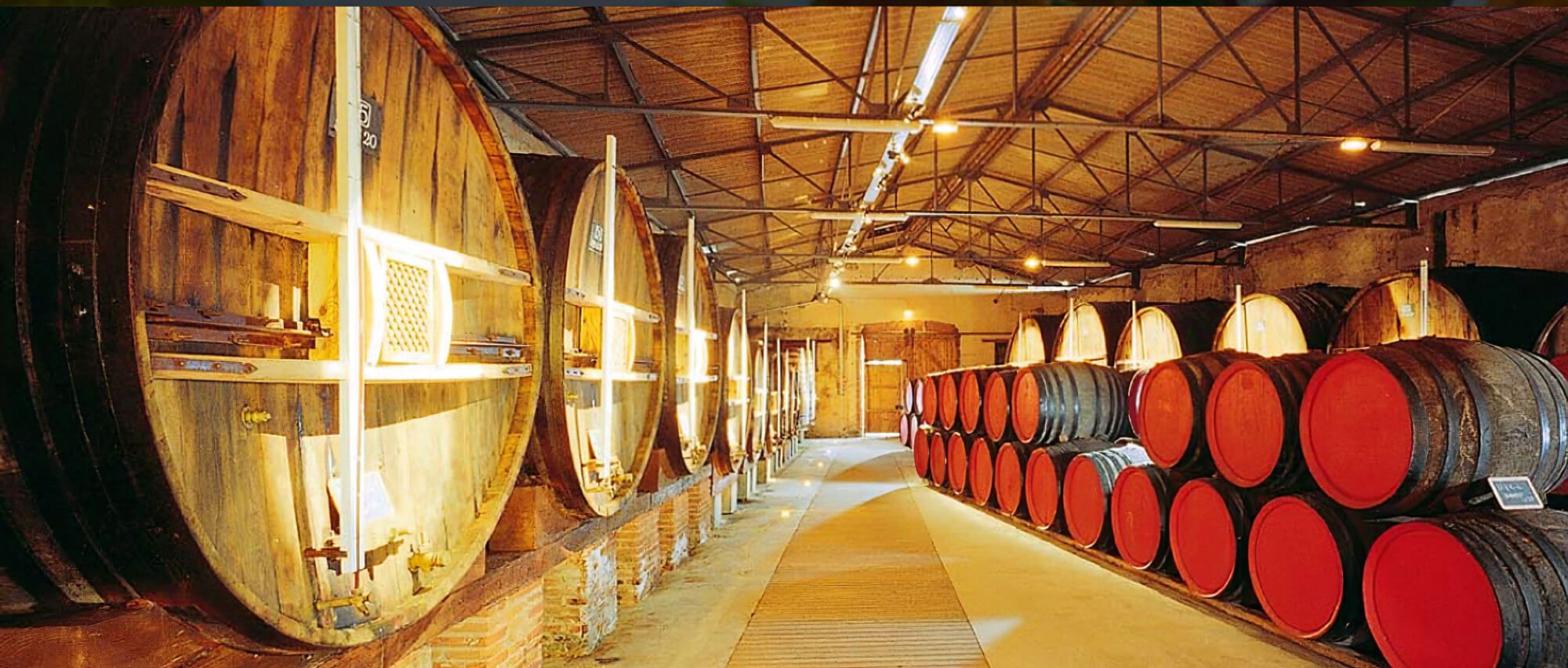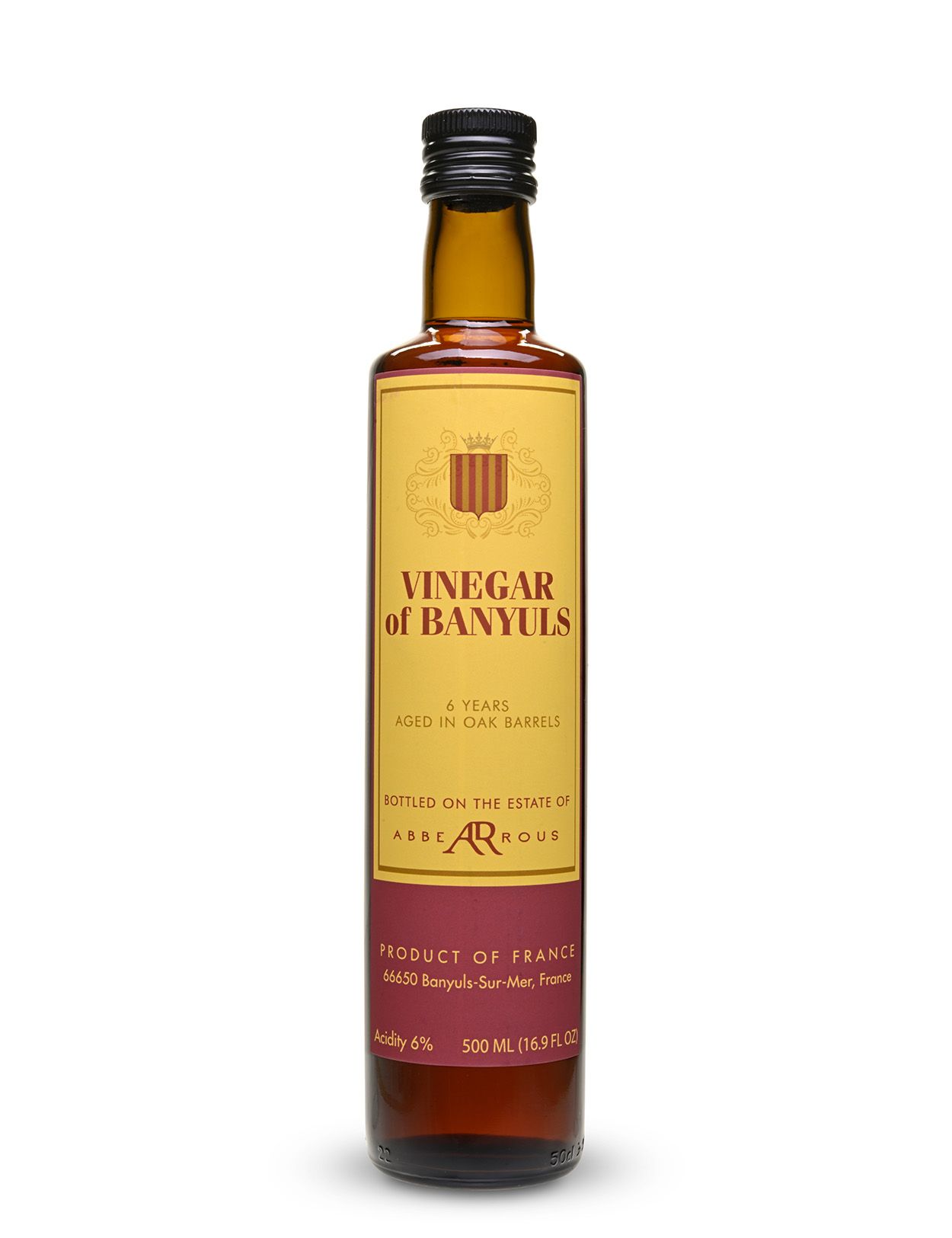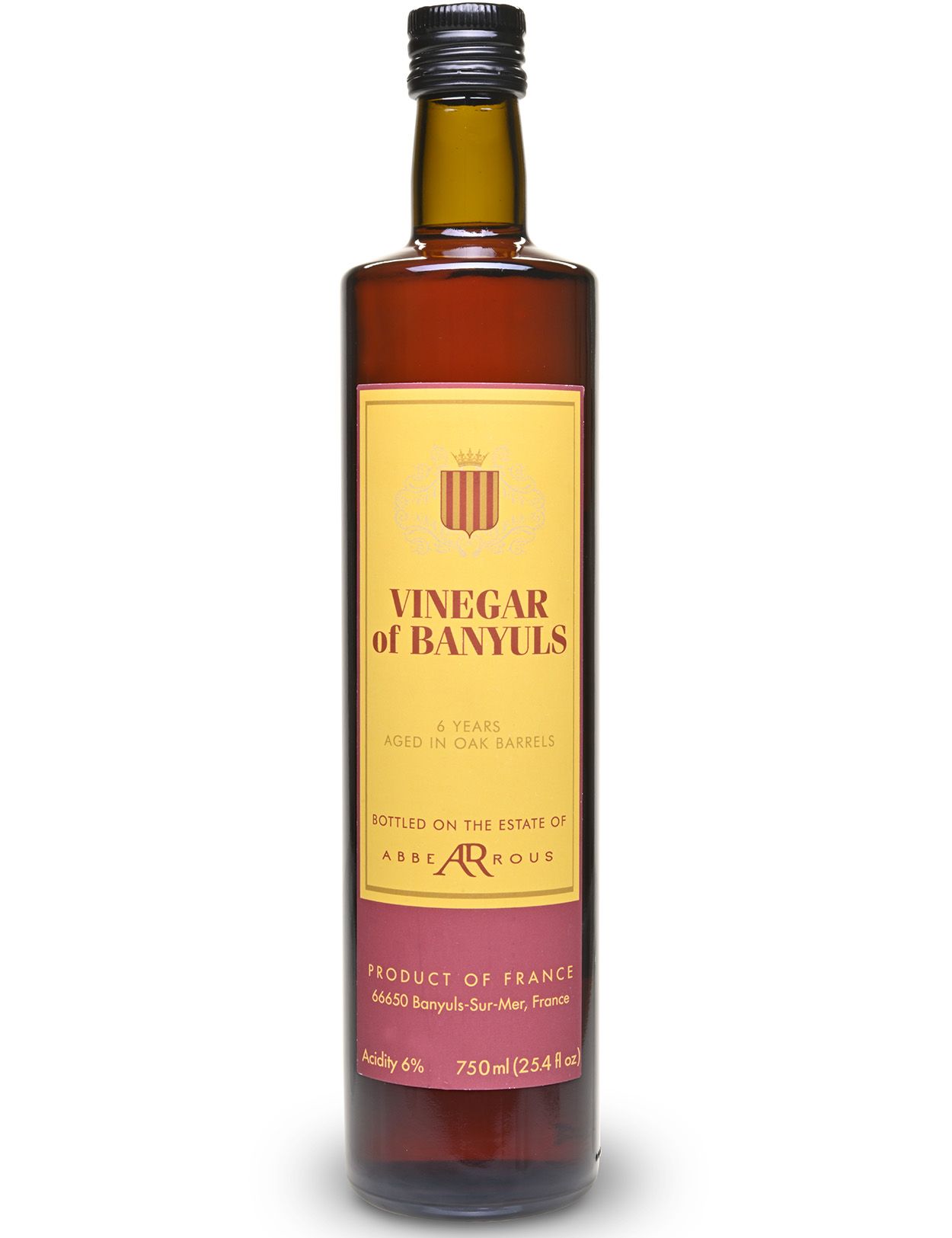
La Cave de L'Abbé Rous
-
Website:
-
Region:
-
Address:56 Route du Mas Reig, Banyuls-sur-Mer, Occitanie, France, 66650
The origins of Banyuls wine—the famous port-like wine with a French appellation d'origine contrôlée (AOC)—is firmly entrenched in history: the region’s vineyards were originally planted by the Phoenicians; the terrace irrigation and flood management system dates back to the time of the Knights Templar; and its wine industry was commercialized in the 16th century by the Abbé Rous, a local abbot in need of funding for constructing a new church.
The Banyuls vineyards reflect all that is unique about the region. Banyuls-sur-Mer sits in the Pyrénées-Orientales region in the southeast corner of France—at the Spanish border—where the Pyrénées plunge into the Mediterranean sea. This area is the recipient of 300+ sunny days a year, fierce winds (sweeping through from the Pyrénées), freezing winters with much snow, and infrequent but torrential rain. The vineyard “soil” is actually shale rock formations referred to as schist (with a very fine layer of austere top soil), through which the vines’ roots must go very deep to find moisture. Because of the tiny size of the plots and their steepness, most harvesting is done by hand with backpack-like baskets, or occasionally loaded onto mules.
The region’s largest and best producer of Banyuls AOC wine is a cooperative founded in 1952, named Terres des Templiers—Land of the Knights Templar. It is comprised of about 750 wine growers cultivating about 3,000 acres. Terres des Templiers buys grapes from the wine growers and arranges for the winemaking, marketing, aging, storage, sales, and export. The majority of its products are sold directly to consumers within France, but its “gourmet” division, La Cave de L’Abbé Rous, sells to food service, fine wine stores, and export. This is the division charged with producing and selling the amber elixir Le Vinaigre de Banyuls, famous in professional kitchens throughout the world.
The wine of Banyuls is made up of three grapes: Grenache noir (about 50%), Grenache gris (about 40%) and Carignane (about 10%). After pressing and vinification, the wine begins its first year of aging in massive 10,000-liter oak foudre (barrel), each over 100 years old. This area of the winery is often referred to as “the chapel," where 15 of the giant, upright barrels stand in two dimly lit rows. There is the sweet smell of wine in the cool dark cellar. After a year or so, the wine is transferred to smaller 60-gallon oak barrels and stored outside, where it will spend the next four years. There, exposure to the hot sun of summer and the cold winds of winter accelerate the aging process. The progress and quality of the fledgling wine is constantly monitored by an enologist.
During its fifth year, the wine is innoculated with a 20% solution of Vieux Vinaigre de Banyuls, slowly turning it into full-fledged vinegar. This takes place at the vinaigrie (vinegar facility)—far, of course, from the wine production. Once it is acetified, it spends an additional six months to two years in barrels in a cool cellar before it is filtered and bottled as Le Vinaigre de Banyuls.



